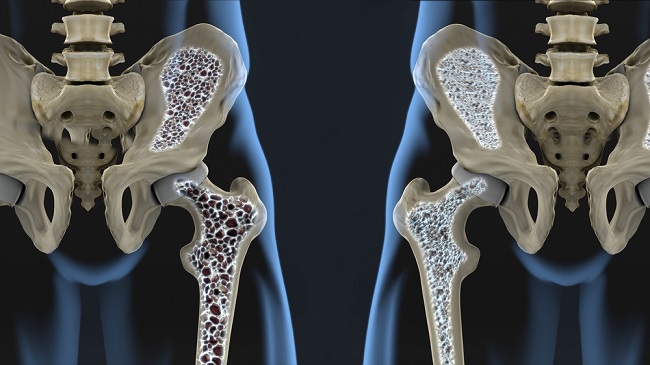Diabetes is a chronic disease that often causes complications. Not infrequently, complications that arise can endanger the health condition of the sufferer. One of the complications caused by diabetes is a leaky kidney.
Kidneys are shaped like kidney beans, which are located just below the left and right ribs. There are several functions of the kidneys in the body, namely:
- Filters waste and toxins from the blood and then excreted through urine.
- Maintain blood pressure.
- Regulate fluid and electrolyte balance in the body.
- Helps strengthen bones.
- Produces red blood cell-forming hormones.

Filter Organ Damage
Kidney disorders often occur in people with diabetes, this condition is known as diabetic nephropathy. This disease occurs because the filter in the kidney is damaged, so that the kidneys leak and drain a number of proteins, especially albumin from the blood into the urine.
Based on the amount of albumin that enters the urine, leaky kidneys can be divided into two categories, namely:
- Microalbuminuria
Microalbuminuria is a condition when the protein albumin in the urine is about 30-300 mg per day. This is an early sign of kidney problems.
- ProteinuriaProteinuria is a condition in which the protein albumin in the urine is more than 300 mg per day and is more difficult to treat. This type of leaky kidney indicates that kidney failure has occurred and needs to be treated by a doctor immediately.
High blood sugar levels in diabetics can also lead to scarring of the filter cells in the kidneys. This can lead to a gradual decline in kidney function over the years. If not treated immediately, the process will continue to cause kidney failure.
Some diabetic conditions are at risk for kidney problems, including having uncontrolled blood sugar levels, having high blood pressure, actively smoking, developing type 1 diabetes before the age of 20 years, or having a family history of diabetes and kidney disorders.
Symptoms to Watch for
Kidney disorders that can end in leaky kidneys, develop slowly and are rarely accompanied by certain symptoms in the early stages. Symptoms of new kidney damage will appear 5 to 10 years after the occurrence of kidney disorders.
Symptoms that may appear include:
- It's easy to feel sluggish.
- Headache.
- Nausea and vomiting.
- No appetite.
- Swelling in the legs, around the eyes, or other areas of the body.
- Pale and limp.
- Muscle cramps.
- Itchy skin.
- Easy to get infected.
Increased levels of albumin in the urine is one sign of kidney damage in diabetics. However, in addition to checking urine albumin to detect leaky kidneys, a series of other tests are needed, such as kidney function tests, kidney filtering ability.Glomerular Filtration Rate/GFR), and urine analysis to evaluate the extent of kidney damage.
Therefore, to prevent leaky kidneys or other kidney disorders, it is important for diabetics to maintain normal blood sugar and blood pressure levels, adopt a healthy lifestyle, follow a low salt and protein diet, exercise regularly, and stop smoking.
In addition, check for protein in the urine and blood tests to the hospital at least once a year or according to doctor's recommendations. This is intended to find out overall kidney function. For diabetics, don't hesitate to consult a doctor about the risk of leaky kidneys and kidney failure, as well as how best to prevent them.









